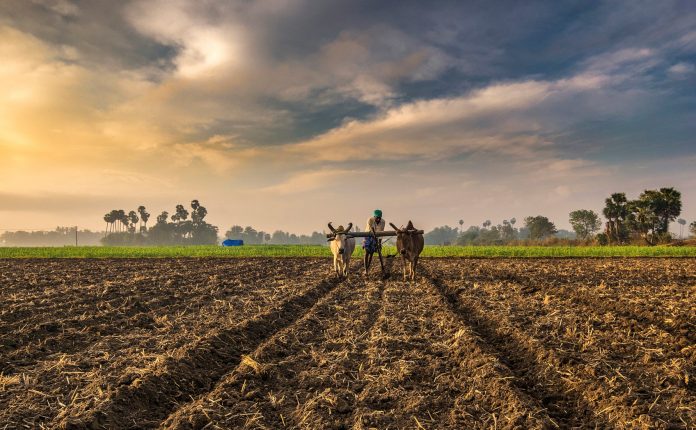India is headed towards an extended slowdown as the cases of COVID-19 has increased in the villages. The signs of recovery of the rural economy are fading as there is a spike in virus cases in rural areas that were initially isolated from the pandemic.
The reports on the first-quarter GDP data will be published on August 31st, and according to a poll which was conducted by Reuters, the GDP is most likely you have contracted 20% over April-June. It is expected to shrink by 5.1% this year to March 2021, which will be the weakest since 1979.
The agriculture sector accounts for 15% output and almost half of India`s 1.38 billion population rely on this sector for their livelihood. The rural areas, which were initially isolated from the pandemic, are now affected by it, hence according to the government officials, the uptick seen in the recovery of the rural economy might have halted.
The officials feel that sluggish consumer demand and slowdown in rural lending are causes of concern. A finance ministry official stated that the situation has worsened since April and May and a long economic slowdown will occur earlier than expected. A government advisor having direct knowledge of budget plans stated that the situation on the economy front is very serious.
The decline in monthly demand for electricity, steel, consumer durables, fuel, and auto sales April-June quarter highlights the dire state of the economy. The hope that the rural economy will be a buffer against the shrinking exports and manufacturing is starting to disappear as the number of new cases of COVID-19 is increasingly emerging outside the major cities.
The virus infections in India is around 2.7 million, making the country the third-highest number of virus infections in the world. The fertilizer output rose to 4.2% in June between June 1 and July 31st, almost 14% more were planted by the farmers, hence the momentum coming from the agriculture sector due to a normal monsoon and robust sowing is a positive one, however, this may not sustain due to the surplus number of agricultural workers and an increase in the proportion of active COVID-19 cases.

